The Grenoble University Space Centre begins development of a smart nanosatellite for Earth observation
Research
On April 14, 2020

Develop and launch a nanosatellite using artificial intelligence algorithms to observe the Earth and meet social challenges such as observation of illegal deforestation, monitoring of CO2 emissions or evaluation of damages after a natural
disaster: This is the objective of the nanosatellite project QlevEr Sat developed in Grenoble. The project is lead by CSUG1 in collaboration with the MIAI-UGA institute, with the support of the Teledyne E2V company. The launch is planned for Q1-Q2
2022.
QlevEr Sat, to be pronounced “Clever Sat” for smart satellite, will boast a camera and a high performance processor in order to process on board, in space, the images recorded by the camera. This processing will be done using artificial intelligence algorithms. Embedding the AI directly into the satellite to process from space the recorded data will drastically limit the needed band pass for communications between the Earth and the satellite: only the results of the analysis will be transmitted instead of the full images. Considering that the number of satellites in operation continues to increase exponentially, crowding the radio frequencies available for communications, the choice of the embedded processor is fundamental. It however needs to understand technological and scientific key points: The embedded processor needs to show high performance, high robustness and near full autonomy. The AI algorithms must be adapted to this specific environment. For a higher flexibility and representativness of the demonstration, the parameters of the algorithms will be reconfigurable from Earth and sent to the satellite, allowing a more precise adaptation to the needs and to the evolutions of the AI knowledge. The system will be under full CSUG[1] control from the optical detector to the processor. These two components will be provided byTeledyne e2v, while the conception of AI algorithms will be done by the MIAI program, each element lead by CSUG, which has a strong experience in leading similar space projects.
This smart nanosatellite will thus have the capacity to process data from space with the objective of Earth observation (oceans, rivers, forests, polar regions, urban or desert zone) for societal challenges such as the observation of the deforestation in Brazil city growth or natural hazard management (prevention, alert, damage evaluation). The challenge lies in using a robust processor in space, which will allow data analysis of a high performance imager in a small volume with a low power consumption. Most recent algorithms using AI will be integrated in this processor. Their conception will have to integrate all these constraints and guarantee the required performance for the different use cases. This will be done in close collaboration between MIAI Institute, especially the “AI and environment” program, and CSUG.
The Teledyne E2V company, already supporting CSUG since 2016, signed in March 2020 a new sponsorship agreement with the UGA Foundation ato bring significant support to this project, which is planned to be launched in early 2022.
[1] CSUG (Université Grenoble Alpes / Grenoble INP-UGA)
This smart nanosatellite will thus have the capacity to process data from space with the objective of Earth observation (oceans, rivers, forests, polar regions, urban or desert zone) for societal challenges such as the observation of the deforestation in Brazil city growth or natural hazard management (prevention, alert, damage evaluation). The challenge lies in using a robust processor in space, which will allow data analysis of a high performance imager in a small volume with a low power consumption. Most recent algorithms using AI will be integrated in this processor. Their conception will have to integrate all these constraints and guarantee the required performance for the different use cases. This will be done in close collaboration between MIAI Institute, especially the “AI and environment” program, and CSUG.
The Teledyne E2V company, already supporting CSUG since 2016, signed in March 2020 a new sponsorship agreement with the UGA Foundation ato bring significant support to this project, which is planned to be launched in early 2022.
[1] CSUG (Université Grenoble Alpes / Grenoble INP-UGA)
Published on April 14, 2020
Updated on April 14, 2020
Updated on April 14, 2020

